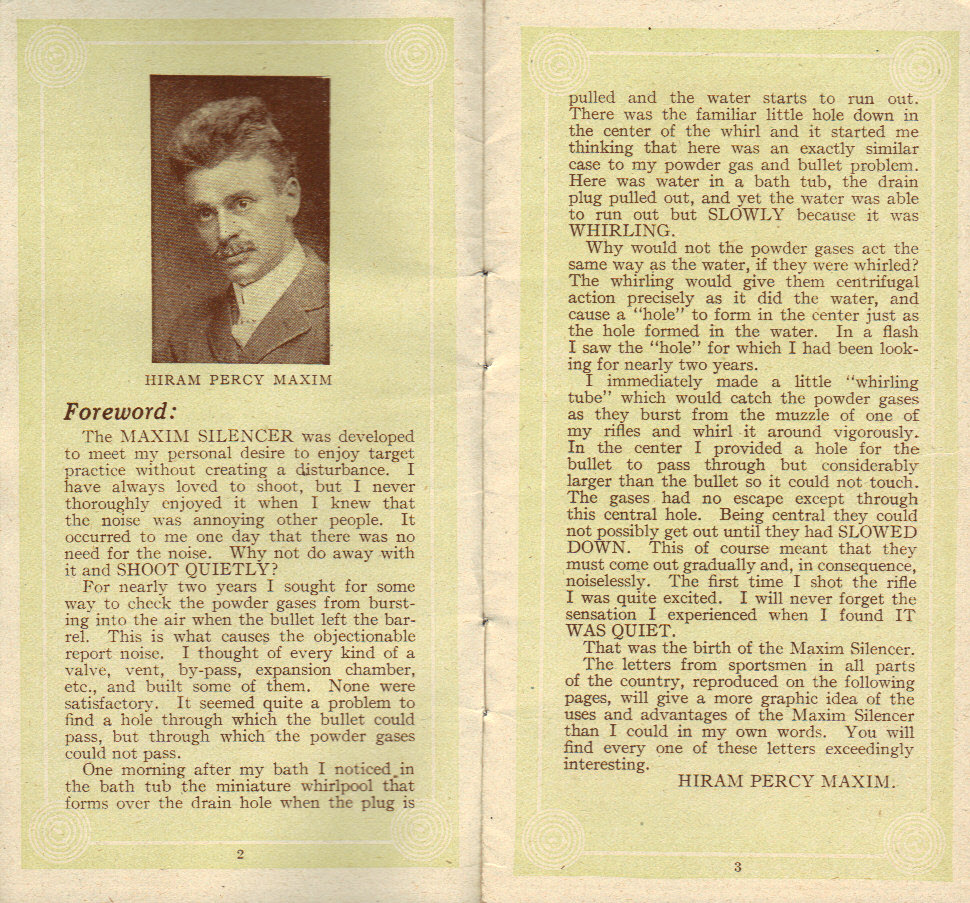Hunting, Quietly
With the first commercially successful firearm suppressor – Hiram Percy Maxim’s “Silencer” – hitting the market around 1902, the devices drew initial praise from outdoorsmen.
That old “Bull Moose” Teddy Roosevelt loved them and even corresponded directly with Maxim on the subject of using cans for his hunting rifles.

Like Teddy, I can appreciate a big ol lever gun, complete with a suppressor. Plus, with up to 80 percent of American hunters not using ear pro in the field despite the fact that high-quality electric muffs and inserts can be had for under $100, suppressors are a legitimate safety tool.
In 1934, these simple gun mufflers went were unfairly criticized and then outrageously regulated by Congress under the National Firearms Act. At around the same time as the NFA was enacted, many states placed local bans on the legal possession and use of the devices, a punitive reaction based largely on misinformation. In short, people became irrationally afraid of something that was both inherently useful and misunderstood at the same time then got the government involved.
Meanwhile, in Europe, it is considered polite to be a gentleman hunter with a “sound moderator.”
Meanwhile, over on this side of the pond, in the past couple of decades, better education and advocacy have led to state after state repealing those old circa 1930s misguided restrictions. Today, the devices are legal for consumers to possess in at least 43 states and can be used by sportsmen in the field in most. Since 2011 alone, the American Suppressor Association points out that four states have legalized suppressor ownership and 18 have legalized hunting with the devices.
I guess a lesson is that the more things change, they can always change back.









